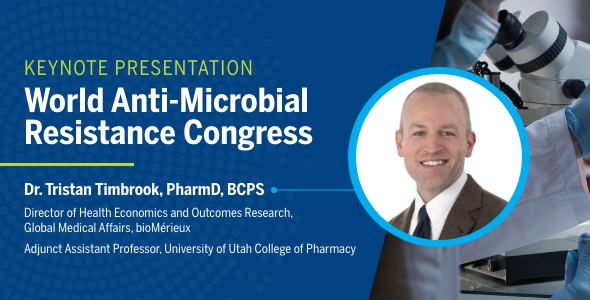According to the Centers for Disease Control and Prevention’s (CDC) Flu View, seasonal influenza activity in the U.S. is currently high. Thousands have already been hospitalized this season from influenza-associated illnesses and flu activity has continued to increase.
Protect Your Family, Your Income, and Your Vacation Days—Get Your Flu Shot
People have all sorts of reasons for not getting a flu shot each year—there aren’t any clinics nearby, some people may hate needles, others aren’t sure if it’s worth it, some people may be afraid it’s unsafe, many may not have time, and most of us just plain forget.
Flu Season Has Begun: Here’s the Latest Update
According to the CDC’s Flu View report from the week of Nov. 23, seasonal influenza activity continues to increase, but the number of cases vary by region. Widespread infection was reported in many of the southeastern states such as Alabama, Georgia and Louisiana.
World Antibiotic Awareness Week 2019 Toolkit
Our 2019 toolkit provides resources for the public to learn about antimicrobial resistance, as well as resources for healthcare, scientific, and administrative professionals.
The Value of Diagnostics in Combatting Antimicrobial Resistance – A Public Health Problem
At this year’s World Anti-Microbial Resistance Congress, Dr. Tristan Timbrook delivered a...
Lindsay Denny Discusses the Critical Role of WASH in Preventing Infectious Diseases and Fighting Antimicrobial Resistance
WASH, which stands for water, sanitation, and hygiene, are basic...






